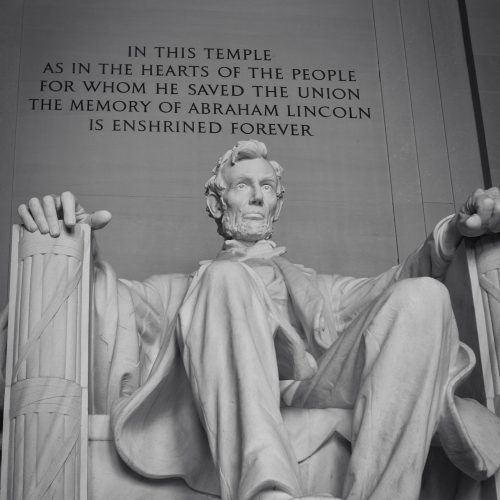Since we were young, we have had the annual feast of going Easter Egg hunting, but this is actually more than just a fun activity. Easter is a significant Christian holiday that commemorates Jesus Christ’s resurrection three days after he was crucified. It is celebrated worldwide with various traditions and customs that have evolved over time. While some of these traditions have Christian roots, others have their origins in pagan rituals.
Read on as we take a look at Easter’s most popular traditions and the history behind them.
Table of Contents
The Origins of Easter Eggs
One of the most popular Easter traditions is the Easter egg. Eggs have been a symbol of new life and fertility for centuries, long before the advent of Christianity. The ancient Persians, Egyptians, and Greeks all used eggs in their springtime festivals, and the Romans adopted this practice. Early Christians, who celebrated the resurrection of Jesus Christ during the same time, also used eggs as a symbol of new life.
The practice of decorating eggs for Easter dates back to the thirteenth century, and by the sixteenth century, it had become a popular custom in Europe. The first Easter eggs were dyed red, symbolizing the blood of Christ, and were often given as gifts. Over time, the tradition evolved, and eggs were decorated with various colors and designs, such as stripes, dots, and patterns, using natural dyes made from onion skins, beet juice, and other plant materials.
The Rise of the Easter Bunny
Another popular Easter tradition is the Easter Bunny, which has its roots in pagan fertility rites. The hare was considered a symbol of fertility and rebirth in ancient times, and the Easter Bunny evolved from this association. The first written record of the Easter Bunny dates back to the sixteenth century, in German literature. In the United States, the Easter Bunny was introduced by German immigrants in the eighteenth century and became a popular Easter symbol.
The Joy of the Easter Parade
The Easter parade is another popular tradition that has its roots in Christianity. The tradition dates back to the mid-nineteenth century when New York City’s elite would parade down Fifth Avenue after attending church services on Easter Sunday. The parade became a popular event, and people began to dress up in their finest clothes and hats to participate in the festivities.
The Easter parade has evolved over time, and today, it is a popular event in many cities worldwide. In some places, it is a formal event, with participants wearing extravagant hats and costumes, while in others, it is a more casual affair.
The Hot Cross Buns
Hot cross buns are a classic Easter treat that has its roots in Christianity. The buns are traditionally eaten on Good Friday, and their cross shape symbolizes the crucifixion of Jesus Christ. The buns are made with spices and dried fruit, and marked with a cross made of icing, pastry, or dough. The tradition of eating hot cross buns dates back to the early 1700s in England.
Conclusion
Easter traditions have evolved over time and have their roots in both Christianity and pagan rituals. The Easter egg, Easter Bunny, Easter parade, and hot cross buns are just a few examples of the many Easter traditions that are celebrated worldwide. While these traditions may vary from culture to culture, they all share a common theme of new life and rebirth, which is at the heart of the Easter celebration.
Are you looking for a holiday events coordinator? Jolly and Nice is a professional team that oversees and organizes annual events for your company, families, and friends. Contact us today!



Leave a Reply